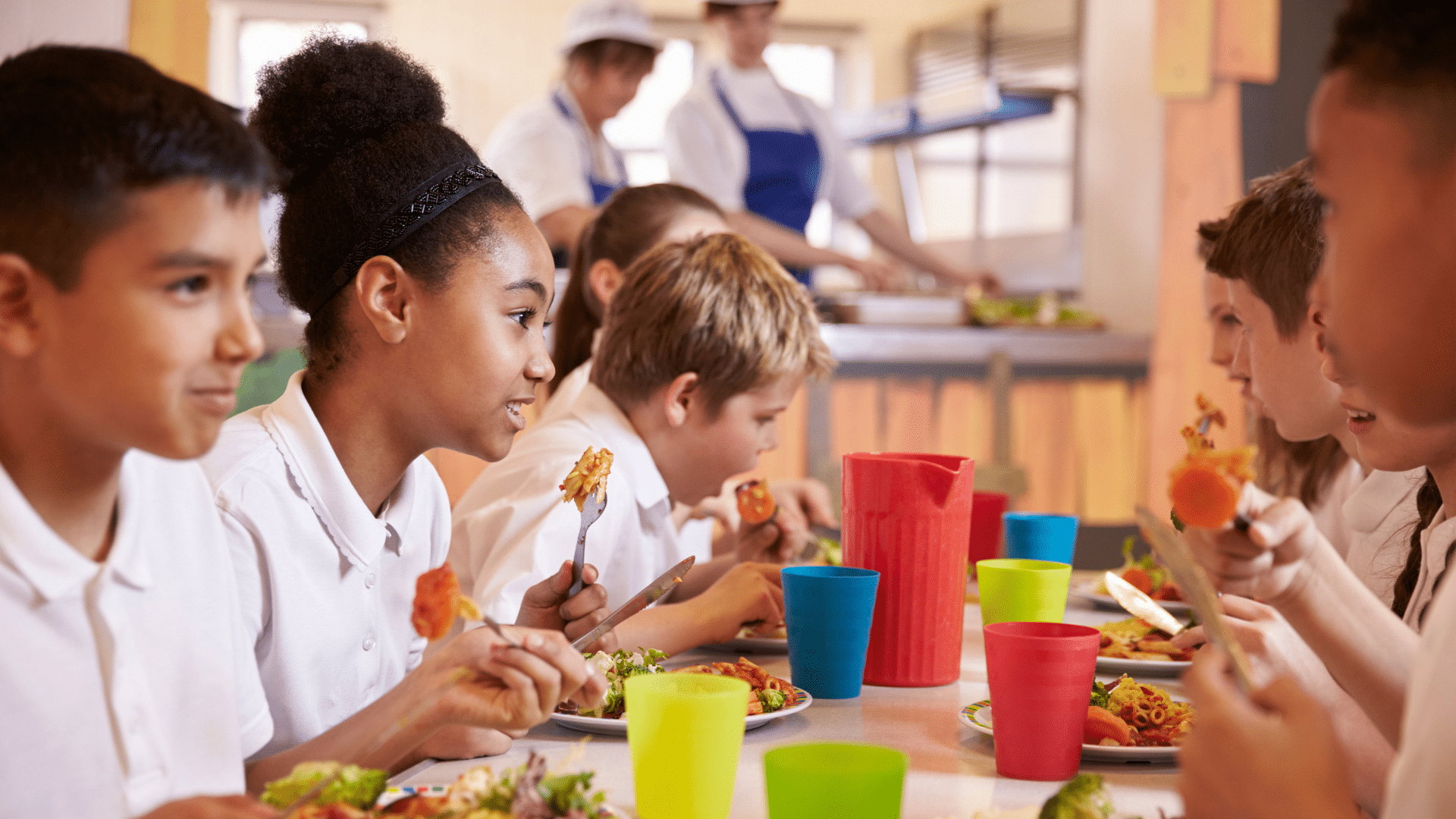How to serve up the perfect school meals system
Updated 11th December 2024 | 7 min read Published 10th December 2024

We built IRIS BioStore Portal to be a cashless, cloud-based catering system that works well in primary and secondary school settings.
But what would this equipment-free, cloud-powered system look like if you had it in your school or trust?
Why we wanted IRIS BioStore Portal to be different
If you want to know more about the unique application of the tech behind IRIS BioStore Portal, we have a blog dedicated to its cost-saving, people-first design.
In a nutshell, regular meal management solutions can strain school finances. They require expensive hardware like tills, extensive training, and peripherals.
If you don’t budget for these each year, everything falls apart when something breaks or new staff don’t know how to use the system.
On the other hand, BioStore Portal uses existing systems and hardware you’ll already have – like an iPad or Android tablet.
What IRIS BioStore Portal looks like on day one
With IRIS BioStore Portal, there’s no site visit and no struggle to connect hardware.
You log in. That’s it.
Next, you might use our dedicated tool to sync up to your MIS. That takes a few minutes.
No on-site product installation is needed. As part of the sign-up package, schools receive training materials and one-on-one calls with our Professional Services team. That’s generally all anyone needs.
Primary or Secondary? What you’ll see is different
What you see on-screen is specific to whether you’re working in a primary or secondary setting.
The system integrates with IRIS engagement apps and the registration system for primary schools, allowing parents and guardians to preorder meals for their children. For secondary schools, parents top up funds using an app, but it offers a traditional canteen experience where students can choose their meals, supported by staff using a tablet instead of an expensive point-of-sale terminal.
A day in the life: primary schools
Weeks before, maybe longer, the school or trust has designed a menu for each day of the week using an easy, drag-and-drop interface.
Parents and guardians can use an app to top up their child’s meal allowance (if the child is not on free school meals) and either pick their child’s meal in advance or – depending on how the school does things – leave that decision to the child.
If the decision is left up to the child, they can pick their meal during registration. A teacher can choose to make this interactive (so the child goes up to the screen and presses the meal they want) or add the meal themselves on behalf of the pupil. Any allergens or dietary needs are taken into account.
This choice is immediately sent to the kitchen, ensuring staff know what to prepare and in what quantities.
But what happens if a child has to go home unexpectedly? The teacher or the catering manager can cancel the meal at the press of a button.
When lunchtime arrives, the child heads to the canteen and collects their meal the same way they always have. For example, if they have wristbands, are ticked off a list or are called up, the process will remain the same.
That night, any parent or guardian who didn’t have a role in picking their child’s meal can see what they have eaten and its nutritional value using their app.
A day in the life: secondary schools
Like in primary schools, menus are created well in advance using a simple interface.
Depending on the circumstances, parents can use an app at home to top up their child’s “lunch money”, or free school meals are taken into account. Free school meal allowance can be controlled so the young person uses it at lunch, rather than in a tuck shop at break time.
In school, each pupil gets a QR code that’s unique to them. Depending on the school rules, they might keep this on their phone or printed out on a card.
At lunchtime, the doors open, and the pupils walk around the canteen and load their trays.
But instead of heading for a till, they are greeted by a staff member with a tablet.
Even when there’s a power cut, it’s okay – this tablet and its system run offline and sync once connectivity is restored.
When a pupil arrives and presents their QR code for scanning, a warning will come up if there are any allergens.
If all is well, the cost can be deducted from the pupil’s account.
If a pupil tries to spend more than they have, the system will flag the issue.
Benefits for trusts
IRIS BioStore Portal wasn’t just built with primary and secondary schools in mind – it was also created while thinking about the trusts that often oversee them.
Job number one for IRIS in this regard was to ensure catering managers spent as little time chasing around schools in person.
Instead, you can enjoy a bird’s-eye view of meal uptake – seeing everything from individual transactions to whole-school reports. This level of control and insight is invaluable, allowing trusts to operate smoothly and cost-effectively.
Get started today
Discover how IRIS BioStore Portal can revolutionise your school’s mealtime management.
Fill in the contact form to arrange a product demo and see the system in action.


